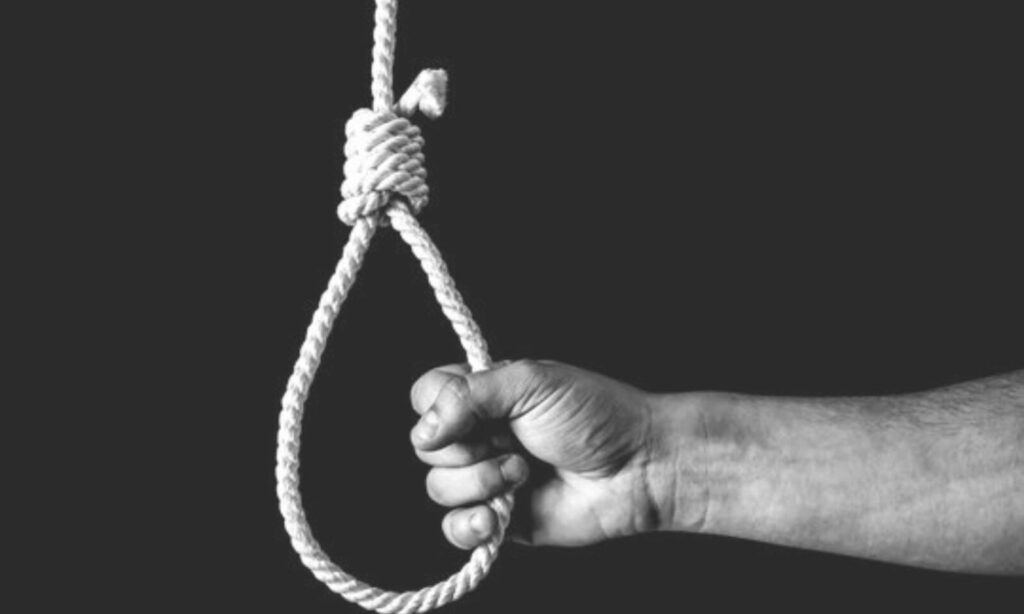Cultural attitudes significantly shape various aspects of consumer behavior, including the purchase and sale of suicide items, such as firearms and poisons. These items, due to their direct association with self-harm, are influenced by cultural perceptions, legal frameworks, and societal norms. Understanding these cultural attitudes can provide insights into how and why certain items are regulated or marketed in different regions. In many societies, cultural attitudes towards suicide are deeply embedded in historical, religious, and moral contexts. For instance, in countries with strong religious doctrines that view suicide as morally or spiritually unacceptable, there tends to be stricter regulation and stigma associated with items that could facilitate self-harm. For example, in Islamic countries where suicide is condemned, there are stringent controls over the sale of substances and firearms that could be used in suicide attempts. The cultural emphasis on preserving life and the religious belief that suicide is a sin create a backdrop for restrictive legislation and public health initiatives aimed at reducing access to such items.

Conversely, in societies where there is a more secular or permissive approach to individual autonomy and mental health, attitudes towards the regulation of suicide items can be different. For example, in some Western countries where personal freedom is highly valued, there may be more leniency in the sale of certain items, with regulations often focusing on safety rather than moral implications. In these cultures, the approach might be more oriented towards harm reduction and mental health support rather than outright prohibition. This can lead to debates about the balance between individual rights and public safety, especially when considering the availability of items that can be used for self-harm. In societies where mental health issues are openly discussed and there is a focus on supportive interventions, there may be a greater push towards providing access to resources that prevent suicide rather than restricting access to potentially harmful items. On the other hand, cultures that stigmatize mental illness or have less open discussions about suicide might see less emphasis on preventive measures and more on restricting access to dangerous items.
Legal frameworks reflect and reinforce cultural attitudes towards suicide. In countries with strong social welfare systems and mental health support structures, there might be more comprehensive approaches to preventing suicide, including regulations on the sale of suicide items and increased funding for mental health services. For example, Australia and the United Kingdom have implemented strict controls over the sale of chemicals used in suicides, alongside efforts to provide support for individuals at risk. In contrast, in regions where mental health infrastructure is less developed, there might be fewer regulations, with a greater reliance on individual responsibility and less emphasis on prevention. Economic factors also play a role in the availability and regulation of suicide items. In areas with lower economic development, there might be less regulatory oversight due to limited resources. Additionally, the commercial interests of industries that produce or sell items that could be used in suicides might influence how regulations are enforced or developed. Cultural attitudes towards suicide profoundly affect the purchase and sale of suicide items and how to commit suicide. These attitudes are shaped by religious beliefs, societal norms, media portrayals, legal frameworks, and economic factors.